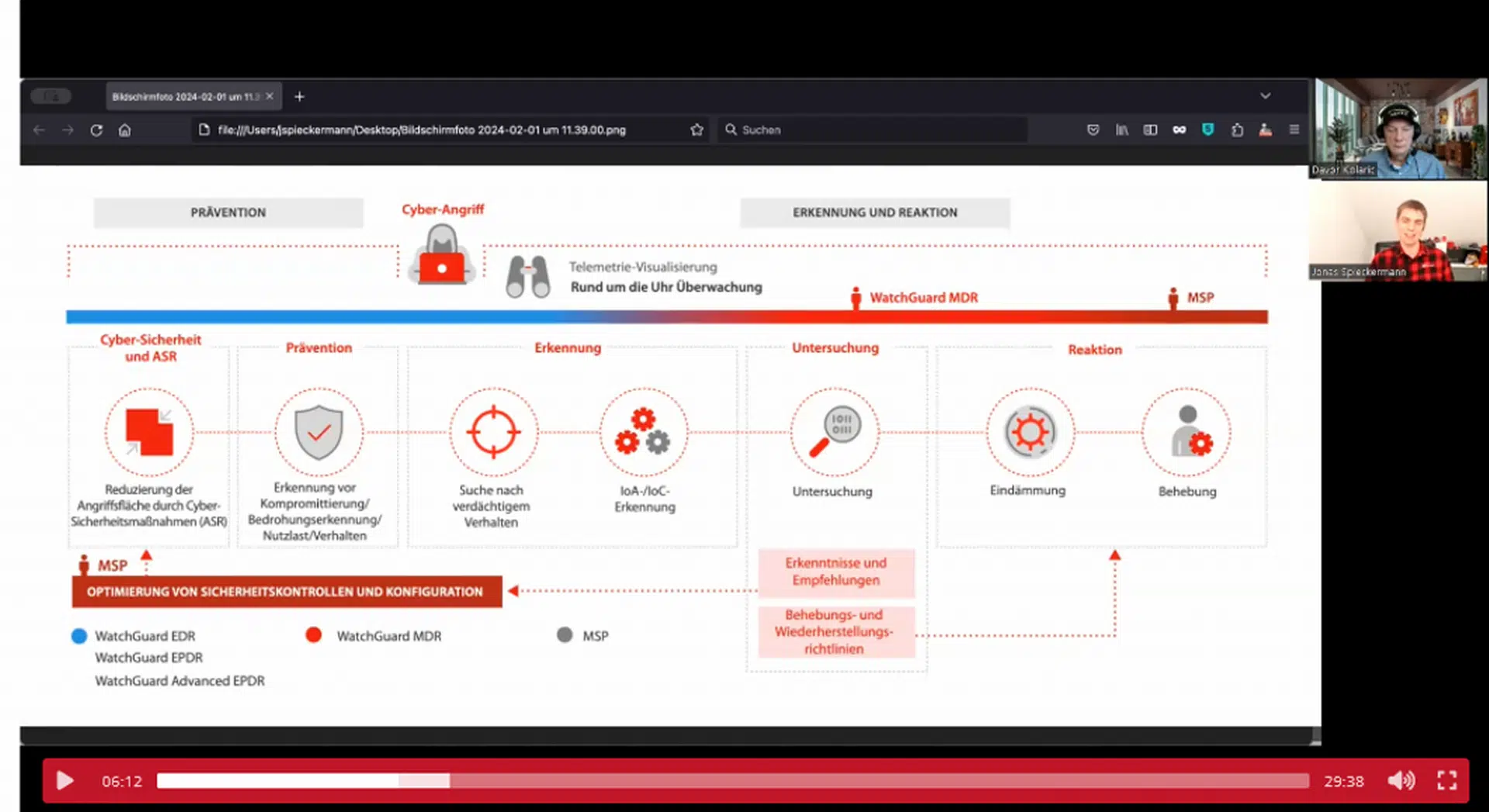
25% of Cybersecurity Leaders Will Pursue Different Roles Entirely Due to Workplace Stress
By 2025, nearly half of cybersecurity leaders will change jobs, 25% for different roles entirely due to multiple work-related stressors, according to Gartner, Inc.
“Cybersecurity professionals are facing unsustainable levels of stress,” said Deepti Gopal, Director Analyst, Gartner. “CISOs are on the defense, with the only possible outcomes that they don’t get hacked or they do. The psychological impact of this directly affects decision quality and the performance of cybersecurity leaders and their teams.”
Given these dynamics as well as the massive market opportunities for cybersecurity professionals, talent churn poses a significant threat for security teams. Gartner research shows that compliance-centric cybersecurity programmes, low executive support and subpar industry-level maturity are all indicators of an organisation that does not view security risk management as critical to business success. Organisations of this type are likely to experience higher attrition as talent leaves for roles where their impact is felt and valued.
“Burnout and voluntary attrition are outcomes of poor organisational culture,” said Gopal. “While eliminating stress is an unrealistic goal, people can manage incredibly challenging and stressful jobs in cultures where they’re supported.”
Humans Are the Chief Cause of Security Incidents
Gartner predicts that by 2025, lack of talent or human failure will be responsible for over half of significant cyber incidents. The number of cyber and social engineering attacks against people is spiking as threat actors increasingly see humans as the most vulnerable point of exploitation.
A Gartner survey conducted in May and June 2022 among 1,310 employees revealed that 69% of employees have bypassed their organisation’s cybersecurity guidance in the past 12 months. In the survey, 74% of employees said they would be willing to bypass cybersecurity guidance if it helped them or their team achieve a business objective.
“Friction that slows down employees and leads to insecure behavior is a significant driver of insider risk,” said Paul Furtado, VP Analyst, Gartner.
To confront this rising threat, Gartner predicts that half of medium to large businesses will adopt formal programs to manage insider risk by 2025, up from 10% today. A focused insider risk management program should proactively and predictively identify behaviors that may result in the potential exfiltration of corporate assets or other damaging actions and provide corrective guidance, not punishment.
“CISOs must increasingly consider insider risk when developing a cybersecurity programme,” said Furtado. “Traditional cybersecurity tools have limited visibility into threats that come from within.”
Gartner clients can read more in “Predicts 2023: Cybersecurity Industry Focuses on the Human Deal.”
Fachartikel
Studien

Threat Report: Anstieg der Ransomware-Vorfälle durch ERP-Kompromittierung um 400 %

Studie zu PKI und Post-Quanten-Kryptographie verdeutlicht wachsenden Bedarf an digitalem Vertrauen bei DACH-Organisationen

Zunahme von „Evasive Malware“ verstärkt Bedrohungswelle

Neuer Report bestätigt: Die Zukunft KI-gestützter Content Creation ist längst Gegenwart

Neue Erkenntnisse: Trend-Report zu Bankbetrug und Finanzdelikten in Europa veröffentlicht
Whitepaper
Unter4Ohren

Datenklassifizierung: Sicherheit, Konformität und Kontrolle

Die Rolle der KI in der IT-Sicherheit

CrowdStrike Global Threat Report 2024 – Einblicke in die aktuelle Bedrohungslandschaft

WatchGuard Managed Detection & Response – Erkennung und Reaktion rund um die Uhr ohne Mehraufwand












